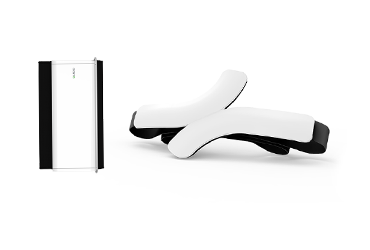Stroke is a serious health condition and the fifth leading cause of death. Being able to recognize early warning signs and seek immediate medical attention can save lives and prevent permanent damage and disability. Learn how to deal with stroke here.
What causes a stroke?
A stroke is triggered by an interruption or reduction of the continuous blood supply to a brain. Lack of fresh blood starves your brain for oxygen and nutrients, which can cause brain cells to die. There are two main types of stroke: ischemic stroke caused by a blocked artery and hemorrhagic stroke caused by a leaking blood vessel.
What is the most common stroke?
The most common type of stroke, which accounts for close to 80 percent of all strokes, is caused by a clot or other blockage within an artery leading to the brain.
What is TIA?
TIA (transient ischemic attack, or mini stroke) is the mildest, often temporarily, form of a stroke. It’s usually caused by a blood clot that temporarily blocks or reduces the blood flow to the brain. After a short time, the circulation returns and the symptoms go away. Although TIA doesn’t cause any permanent damage, it’s a serious warning sign that a stroke may happen later on and hence should not be ignored.
How is stroke treated?
Treatment of a stroke requires a quick restoration of a blood flow to the brain. That can be achieved by administering clot-busting medication or in some cases a surgery. After the initial event is addressed, long term treatment is usually started to prevent future formation of clots and to control hypertension in an effort to avoid future strokes.
How to recover from a stroke
Each recovery program differs and is based on the type of a stroke and the size of the damage caused. Most rapid recovery happens during the first 3 or 4 months post event but some patients require long term rehabilitation. About 10 percent of patients recovery almost completely and 25 percent recover with minor impairments. The best chance to recover completely is to get medical help as soon as possible, preferably within 3 hours of the onset of any symptoms.
If you have high blood pressure or suffer an arrhythmia such as atrial fibrillation, you are at a higher risk of developing stroke. QardioArm makes is easy to start looking after your heart effectively and helps you manage your blood pressure with ease. QardioCore is a medical ECG monitor and the only one to do so in an unobtrusive, convenient way. It provides a powerful way to monitor your heart condition such as atrial fibrillation and keep your doctor informed anytime, anywhere.
If you want to learn more about arrhythmias and atrial fibrillation, check our articles ‘‘Let’s talk about (abnormal) heart rhythm” and ”Atrial fibrillation from A to Z.”




